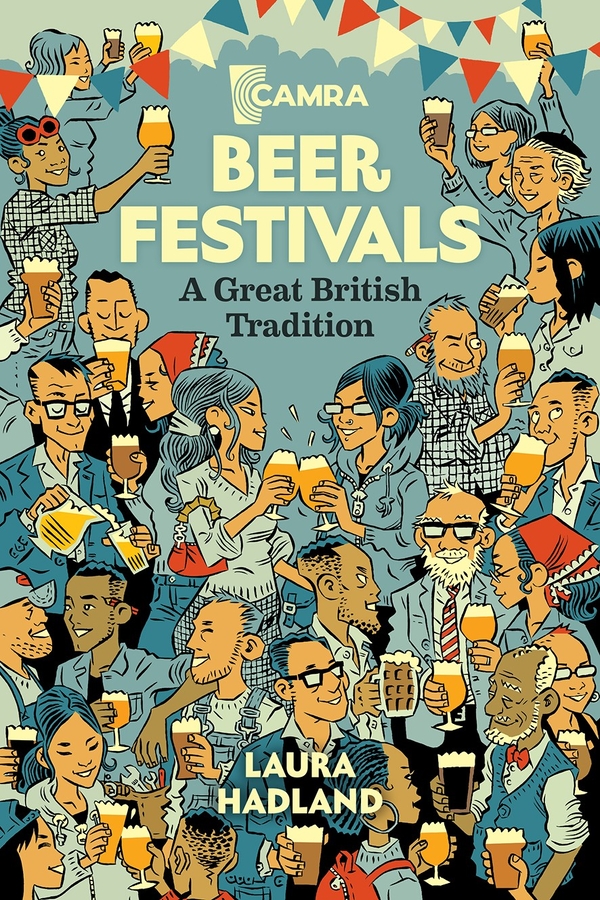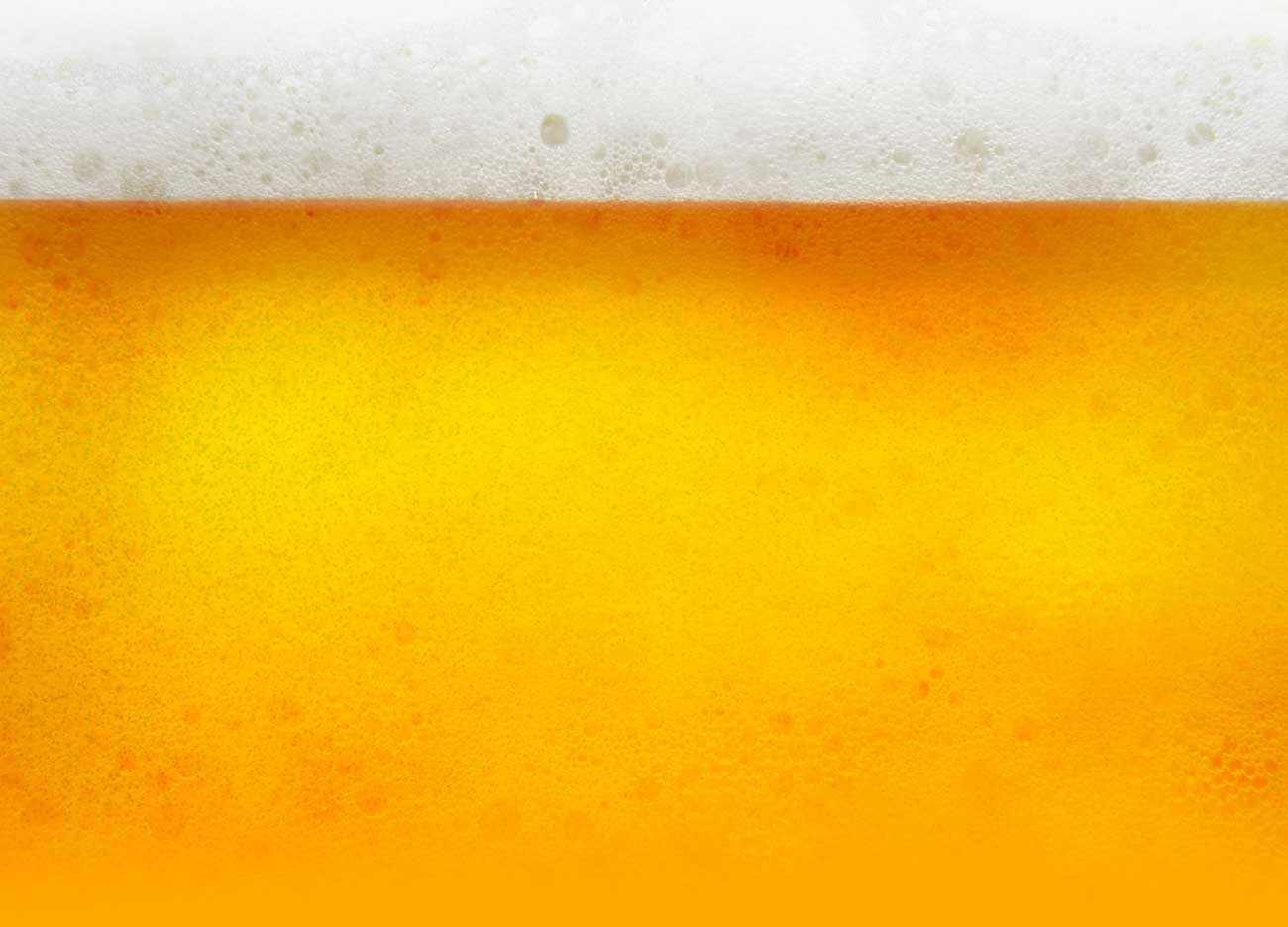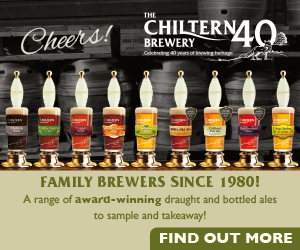Festivals: beer, skittles, fun and frolics
Added: Tuesday, June 24th 2025

Beer Festivals: A Great British Tradition. Laura Hadland, CAMRA Books, £15.99
Beer festivals didn’t begin with CAMRA. Laura Hadland is not only a fine journalist and beer writer but has also worked a senior museum curator.
She has combined these skills to research the history of beer festivals in this country. Almost 100 years before CAMRA was launched, a Great Show of English and Continental Beer was staged by a caterer called W Holland at the North Woolwich Gardens in May 1873.
There were 180 beers from 40 breweries – an astonishing number of beers, unrivalled for a century. Equally astonishing, two of the breweries featured at the event are still in operation today: Donnington at Stow-on-the-Wold and Anton Dreher’s Schwechat of Vienna, one of the pioneers of modern lager brewing with his Vienna Red beer.
Commercial beer festivals in the 20th century were, as Laura discovered, crudely sexist. The World Beer Show at London Olympia in 1974, for example, offered not only beer but topless model Mary Maxted and a shop selling sex objects and a porn film called Snow White and the Seven Perverts.
When CAMRA festivals arrived, they were almost sober in comparison. Customers were only there for the beer – and it was in great demand. The early festivals were staged at the time of the massively promoted keg beers of the day – Watneys Red, Double Diamond, Worthington E and similar pressurised ales.
CAMRA found, when it opened the doors at the first national festival in Covent Garden in 1975, there was an insatiable thirst for cask beer that had been sidelined by the big brewers.
Covent Garden and festivals held in Cambridge and other towns and cities were run – and continue to be run—by volunteers. In the early days, they were learning on the hoof how to build gantries to hold casks, and to tap and spile the casks in order to serve beer in peak condition.
Laura’s book is packed with the comments and memories of the volunteers. Real ale, they found, could be unpredictable. Volunteers learned to take spare dry clothes with them when they had experienced bungs, taps and spiles bursting out of casks and drenching them in mild and bitter.
Fire was a great hazard and at least two festivals have been cancelled or moved when sites burned down. I vividly recall in 1980 getting off the ferry at Southampton after a visit to a brewery on the Isle of Wight and seeing the news on the front page of the local paper that Alexandra Palace had been destroyed by fire.
That was just a few weeks before the Great British Beer Festival was due to start there. Undaunted, the organisers put up giant marquees in the grounds but then the heavens opened and torrential rain turned the ground into a quagmire.
“Come wearing wellies”, visitors were advised. The festival went ahead and was packed out with damp punters.
The book stresses the enormous effort that goes into staging a CAMRA festival. I know from my local festival in St Albans that while it’s staged at the end of September work begins early in the year.
Beer from all parts of the country – as far as Scotland and Cornwall – has to be ordered. Food and entertainment have to be booked – and it’s a fascinating aspect of the book that shows that while early festivals were “wet only”, there’s now a healthy demand for food and live music.
Stillaging for casks have to be built to the satisfaction of Health and Safety officials. And, crucially, a licence for the event has to be obtained from the local authority.
There are several examples in the book of licences being refused, not just by the police but also by publicans who think a beer festival will take trade away from them. Experience shows the opposite is the case.
The early days of GBBF at Ally Pally created beer judging and the choice of the best beers on show. From that came the esteemed Champion Beer of Britain competition and, when a winter festival developed, Champion Winter Beer as well.
Laura shows the meticulous care that goes into the beer judging, which has been led for many years by Christine Cryne. The overall CBoB winner can expect rich pickings and beers that were once purely local are turned into national brands.
There are also perils involved and Laura doesn’t spare my blushes when she recalls the time I announced Greene King had won a CBoB award for their IPA and was roundly booed by the audience. “Don’t shoot the messenger,” I pleaded.
There’s also humour, such as the time GBBF organiser Marc Holmes had to evict a nude streaker from the hall. The man found himself SBN – Stark Bollock Naked – on the pavement, fortunately clutching a back pack with his clothes, which he quickly donned while startled passers-by wondered what on earth was happening at a so-called beer festival.
The festivals have evolved over the years. Following a major debate and even a threat of revolt, CAMRA festivals are now allowed to offer key keg beers as well as cask ales. The beer in the keg is in a sterile bag and as it’s served the space is replaced by CO2 – but the gas doesn’t come into contact with the beer.
Foreign beers have been equally controversial but are now largely accepted. The American beer section at GBBF is one of the best attended sections.
Today there are a number of beer festivals run by breweries and companies without CAMRA involvement but there’s no doubt the Campaign has been the driving force for the success and demand for festivals of all shapes and sizes.
One sad note: a number of the contributions about festivals come from Tony Millns, a leading light in creating the Cambridge festival in the 1970s.
Tony went on to become CAMRA national chairman and was involved in overseeing national and local festivals and making sure they were well run and not loss-making.
He sadly died earlier this year and this superbly researched and stimulating book is a worthy tribute to him.








